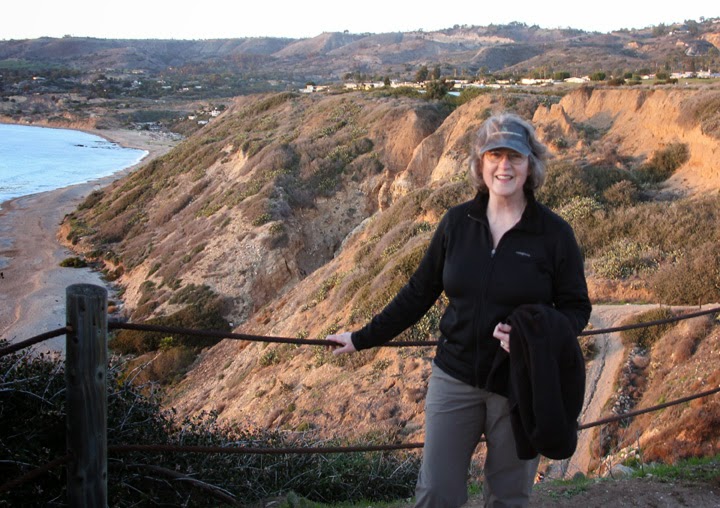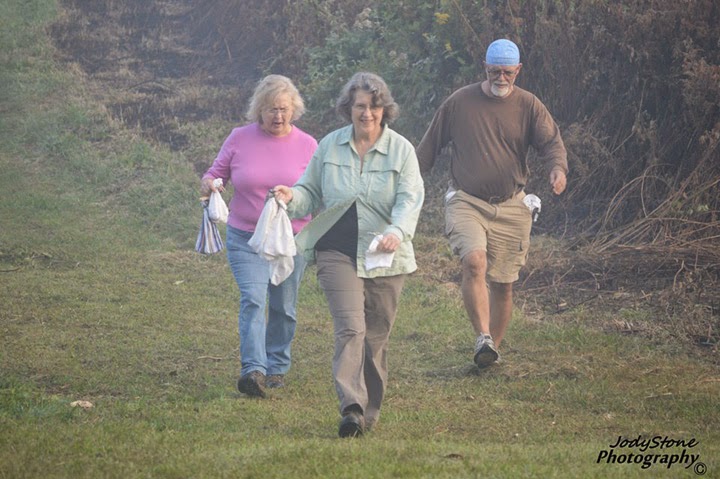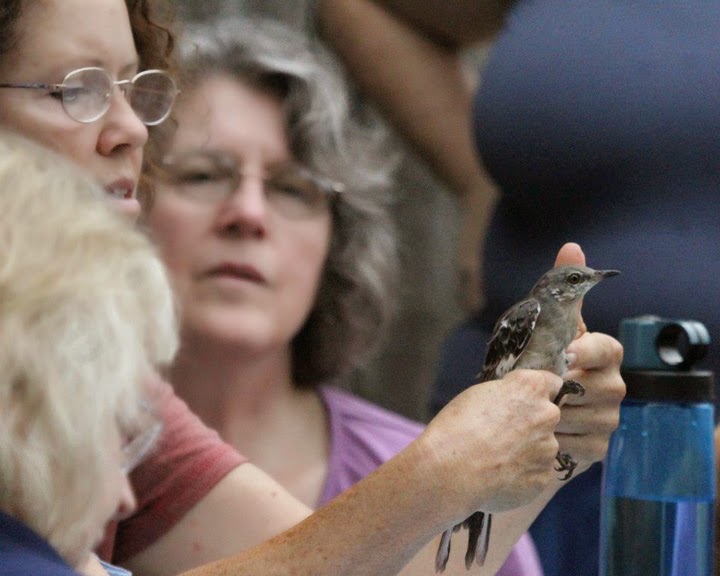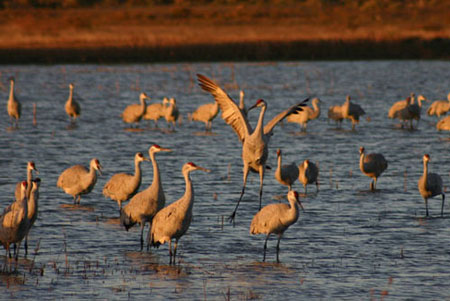Above, a female juveniles arrives with food.
While watching the video you will have opportunity to see interesting behaviors. The male bluebird is whistling softly and chattering to encourage the juveniles as they help him feed the young. Notice his wing-waving as he lands which is a greeting as well as encouragement. Notice, also, that one of the female juveniles is frequently stealing food from the other two juveniles. As I observed this on many occasions, it was obvious that she sometimes ate what she snatched. This persistent behavior may explain what I initially considered to be the female adult's intolerance in the days before she disappeared. She was observed snapping her beak and lunging at a juvenile that perched too close to her or arrived at the mealworm feeder at the same time.
Later, on three occasions, the two female juveniles were observed in face-to-face aerial conflict issuing raspy sounds as they challenged each other beak to beak. The adult male and male juvenile quickly arrived to investigate and break up the conflict on each occasion. I couldn't help but wonder if the food-stealing behavior may have been a contributing motivation for these conflicts.
Since the nestlings have fledged, family members still visit the feeder to feed themselves and carry food to the fledglings that are scattered in the area, but their visits are less frequent.
To see a determined juvenile trying to feed the nestlings for the first time, visit: Bluebirds Adapt to Single Parenting. And to see last season's juveniles bathing and feeding siblings visit: Juvenile Bluebirds Enjoy the Water and Juveniles Helping Parents. To see all my bluebird posts visit: Bluebird Family.

























